Architectural photography is a powerful means of capturing the essence, design, and soul of structures. From towering skyscrapers to historic landmarks, each architectural masterpiece has a story to tell. Mastering the art of architectural photography requires a blend of technical skills and artistic sensibilities.
In this article, we’ll explore essential photography techniques that can help you capture the grandeur and intricacies of architectural wonders.
1. Golden Hour Magic
The golden hour, that magical time shortly after sunrise or before sunset, bathes buildings in the soft, warm light that accentuates their details and textures. During this time, shadows are longer, creating a sense of depth and dimension. Plan your shoots around these hours to infuse your architectural shots with a captivating, cinematic quality.
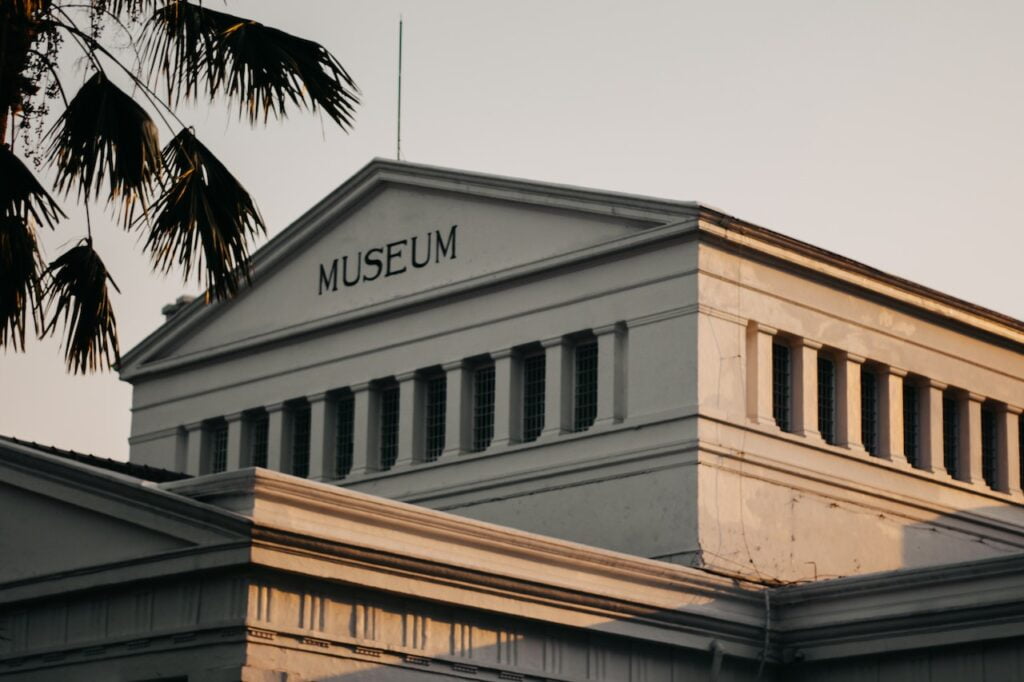
2. Showcasing Symmetry
Architecture often boasts symmetrical elements that can be captivating when properly framed. Find the centerline of the building and position yourself to capture symmetrical structures head-on. A symmetrical composition highlights the precision and balance inherent in architectural design.
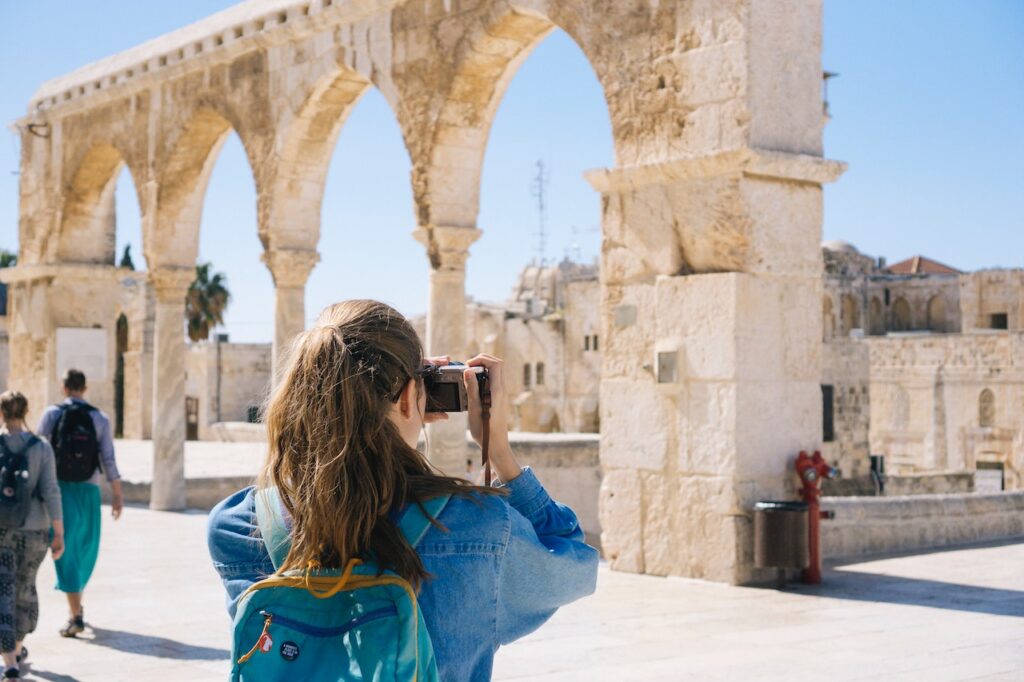
3. Exploring Angles and Perspectives
Experiment with various angles and perspectives to capture unique viewpoints of buildings. Shooting from below can make structures appear more imposing while capturing them from above offers a fresh and comprehensive view. Use wide-angle lenses to emphasize the lines and curves of architecture, drawing attention to the design’s intricacies.
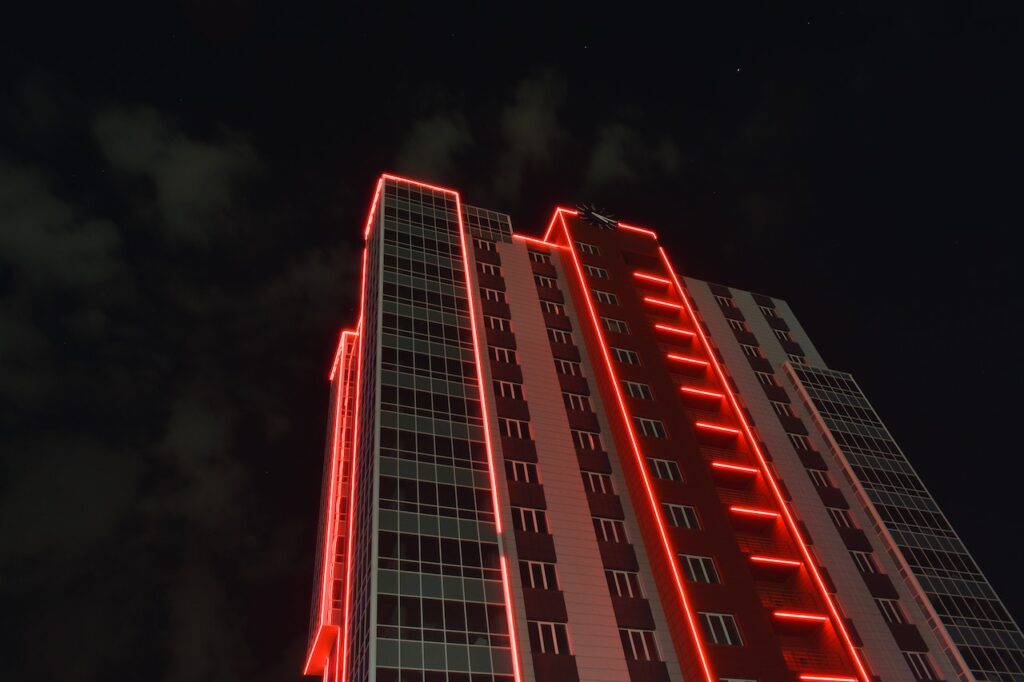
4. Framing with Foreground Elements
Incorporating foreground elements into your shots can add depth and context to your architectural photographs. Use elements like trees, columns, or even people to frame the building and guide the viewer’s eye toward the main subject.
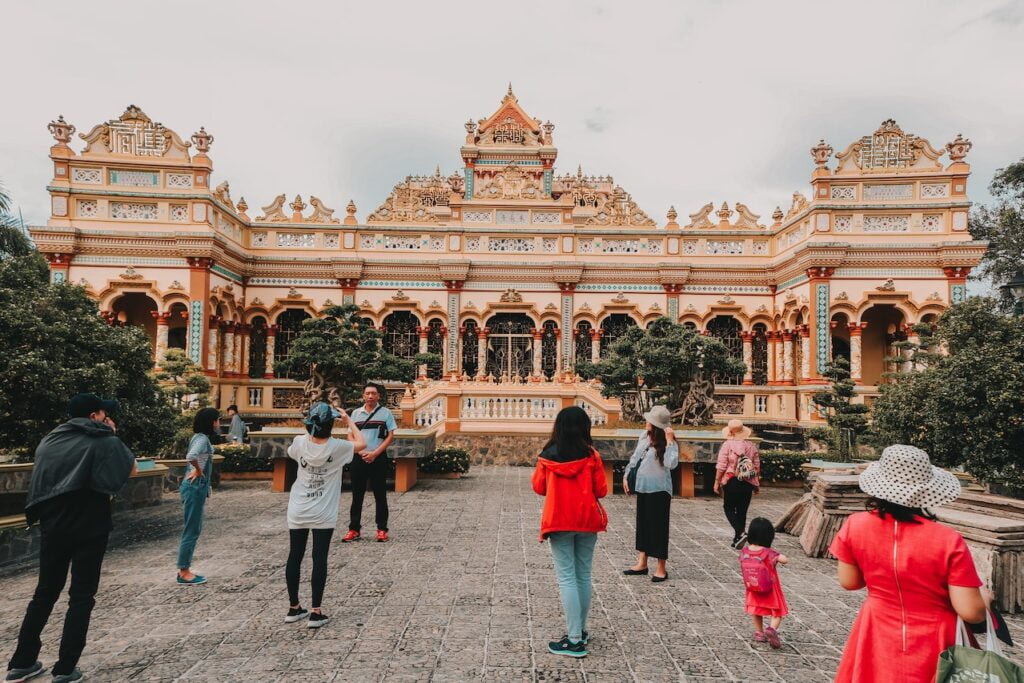
5. Playing with Light and Shadow
Architecture’s relationship with light and shadow is fundamental to its visual impact. Experiment with the interplay of light and shadow to create dramatic contrasts and reveal hidden details. The contrast between light and shadow adds depth and texture to your images, accentuating the building’s character.
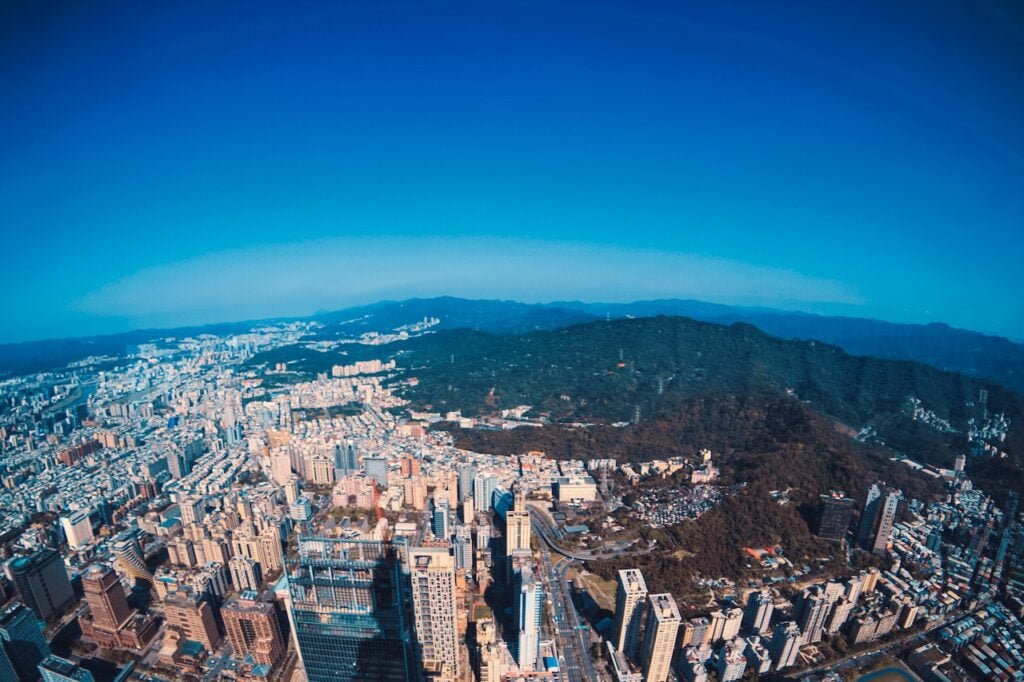
6. Long Exposures for Nightscapes
Architectural photography doesn’t have to be limited to daylight. Long exposure techniques can be used to capture stunning nighttime shots. Use a sturdy tripod and slow shutter speeds to capture the city lights as they trail across the frame, giving the architecture an ethereal glow.
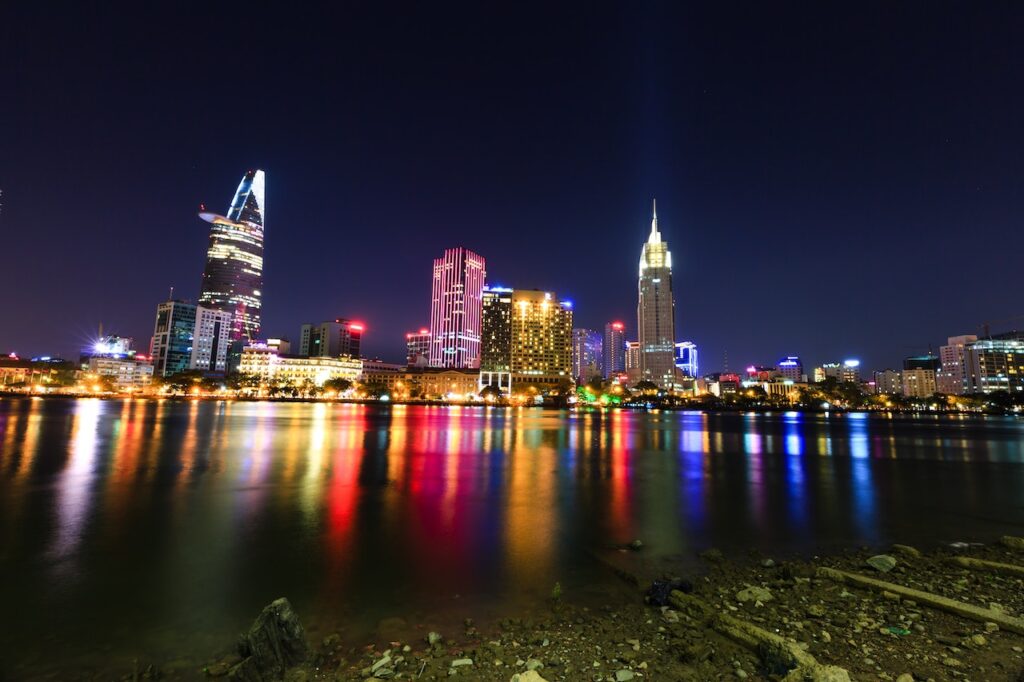
7. HDR Photography for Dynamic Range
High Dynamic Range (HDR) photography involves blending multiple exposures to capture a wide range of light and shadow details. This technique is particularly useful when shooting in challenging lighting conditions, such as interiors with bright windows. HDR ensures that both the interior and exterior details are well-exposed.

8. Detail-Oriented Close-Ups
Don’t shy away from capturing intricate architectural details up close. Focus on elements like ornate windows, textured facades, and intricate carvings. These close-ups provide a fresh perspective and showcase the craftsmanship that goes into architectural design.

Conclusion
Architectural photography is a captivating art form that requires a keen eye, technical mastery, and a deep appreciation for design. By harnessing techniques such as utilizing the golden hour, playing with light and shadow, exploring angles, and incorporating foreground elements, you can create stunning visuals that tell the story of these magnificent structures.
Remember that each building has its own personality and history to convey, and it’s your job as a photographer to capture its essence in a single frame. So, armed with your camera and a passion for architecture, venture forth and uncover the hidden beauty of our built environment through your lens.


